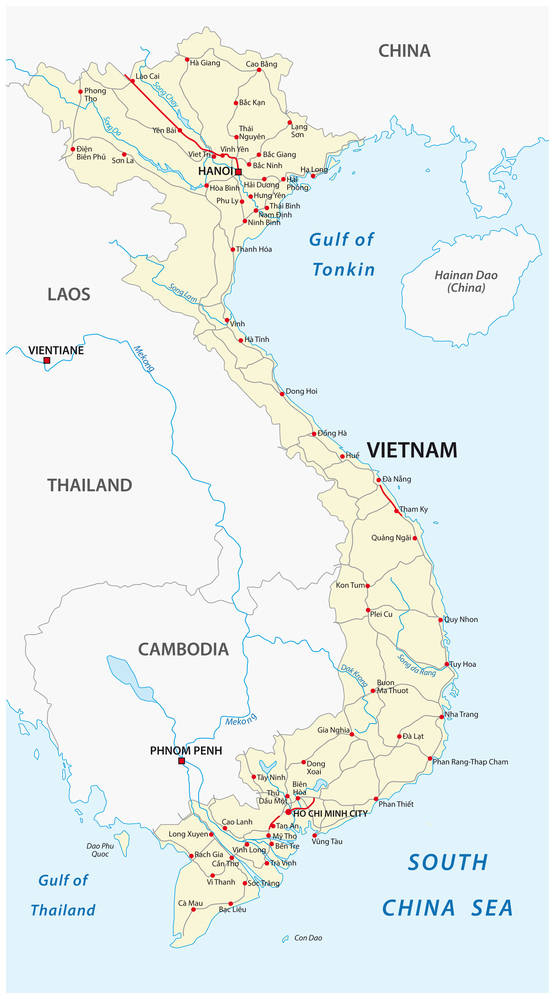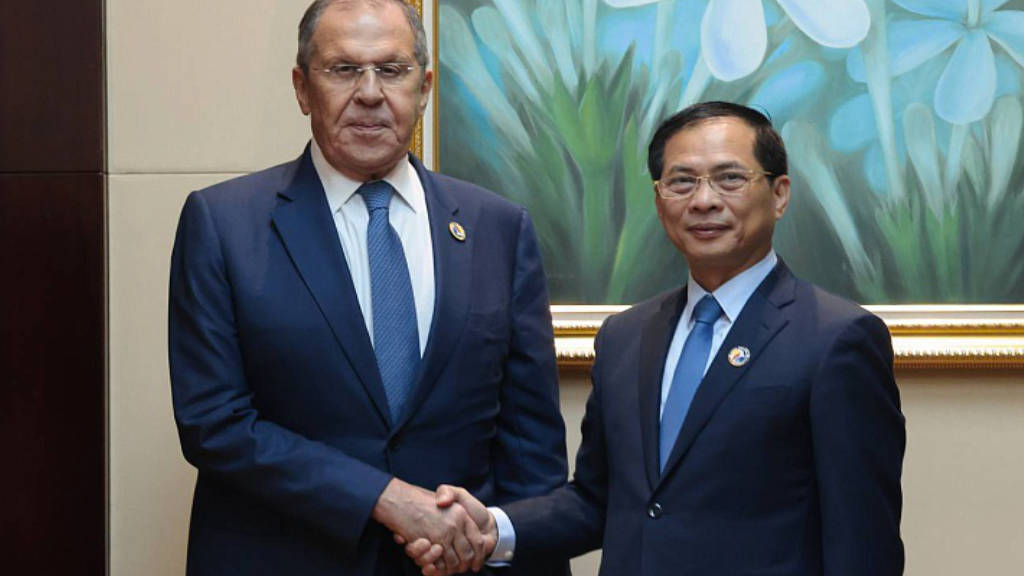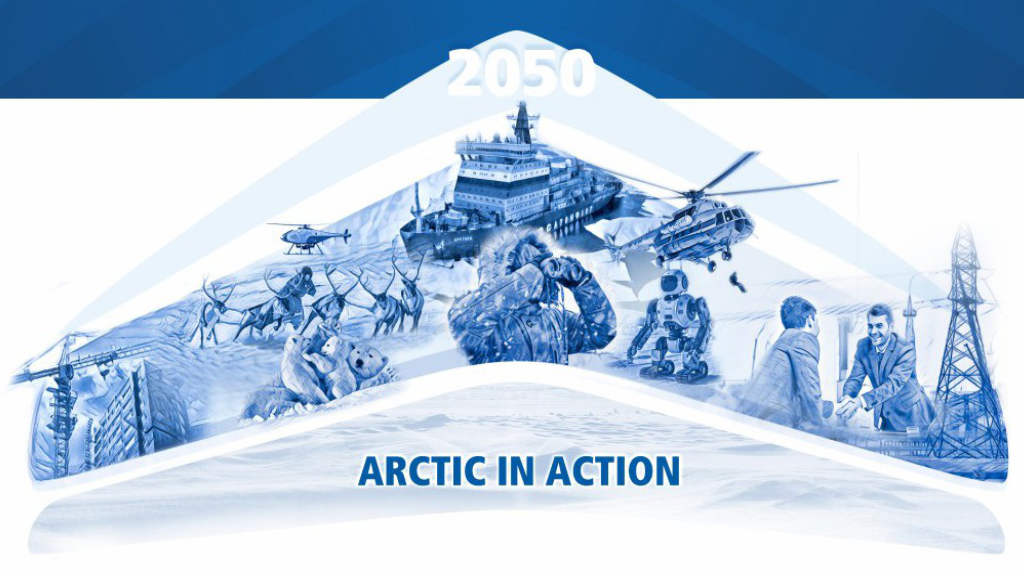Russia’s Foreign Minister Sergey Lavrov has met with Bui Thanh Son, Vietnams’ Foreign Minister, on the sidelines of the 19th East Asia Summit. Vietnam is a member of ASEAN and has a Free Trade Agreement with Russia via the Eurasian Economic Union.
Vietnam’s foreign policy is based on balancing which allows it to maintain room for manoeuvre. In this regard, Hanoi tries to take simultaneously into account the interests of Moscow, Washington, and Beijing. So far this worked to Vietnam’s benefit making the country more attractive to foreign powers such as Russia. Given the state of affairs between Russia and the collective West, Moscow is pushing for a re-orientation of trade to Asia, and Vietnam is playing a pivotal role in facilitating this shift.
Vietnam signed an agreement to join the Eurasian Economic Union (EAEU) free trade zone in 2015 and became the first state from ASEAN to join the bloc. According to the agreement, Vietnam’s average import tariff rate for EAEU countries are about to decrease from 10% to 1% from January 1st 2025. That is likely to push Russian exports to Vietnam to record highs.
As for the structure of bilateral trade, Russian exports to Vietnam mainly consist of raw materials, machinery and energy. Food products from Russia that are in growing demand in Vietnam include condensed milk, honey, confectionery, pasta, seeds and sunflower oil. In addition, Russia is one of the most important arms exporters to Vietnam (about 70% of arms are supplied from Russia), making the country the largest buyer of Russian weapons in Southeast Asia. Vietnam exports a range of goods to Russia, including electronics, textiles, agricultural products (coffee, pepper, seafood) and footwear.
Following a significant hit in 2022 after sanctions were introduced upon Russia, bilateral trade volumes with Vietnam are now recovering. In the first seven months of 2024, trade turnover surged to US$2.74 billion, up 45.5% year-on-year, suggesting an annual 2024 total of just under US$5 billion for the full year. In 2021, bilateral trade had reached a record US$7.1 billion.

With the departure from the Russian market of such Western food producers as the Finnish dairy company Valio, an alternative solution is Vietnamese products, and this is a developing trend. For instance, the Vietnamese company TH-True Milk, the largest modern manufacturer of dairy and agricultural products in the country, announced plans to invest around US$2.7 billion in the Russian economy. This has involved the construction of farms and processing facilities in the Moscow region, Kaluga and Tyumen regions, Bashkiria, and Primorsky Krai. Vietnam’s per capita milk consumption is growing with the dairy market expected to grow from 159.6 kilotons in 2021 to 375.1 kilotons by 2030. This will now be serviced from milk produced by Russian cows.
Another area of potential Russian investment in Vietnam is cybersecurity services. Russian technologies from large companies such as Kaspersky Lab and Rostelecom, and lesser-known Russian IT firms that are not subject to Western sanctions, are an important auxiliary tool for Vietnam.
One of the most prominent areas of economic cooperation between Russia and Vietnam is in the oil and gas sector. Companies like Gazprom and Rosneft from Russia have collaborated with PetroVietnam on several projects, both within Vietnam and in Russia. Zarubezhneft and Novatek are also exploring the Vietnam market.
A notable collaboration between the two countries has been the Kamaz and Vinamotor JV to produce Kamaz trucks in Vietnam. With Vietnam being a member of ASEAN, this opens the trade export door to other ASEAN markets such as Indonesia, Malaysia, the Philippines and Thailand. ASEAN also has Free Trade Agreements with China and India.
Russian companies have also shown interest in developing Vietnam’s railway infrastructure. Past projects have included modernizing the railway line connecting Hanoi and Ho Chi Minh City. Presently Russia and Vietnam are also interested in developing seaborn connectivity and the natural geographic area with Russia’s Far East and have been developing regular maritime services between Vladivostok and Ho Chi Minh City. This success has limited the previous geographic constraints that hindered trade volumes in the past and is helping the development of their bilateral trade flows. 2025 promises to be another year of improved trade and investment.
Further Reading





